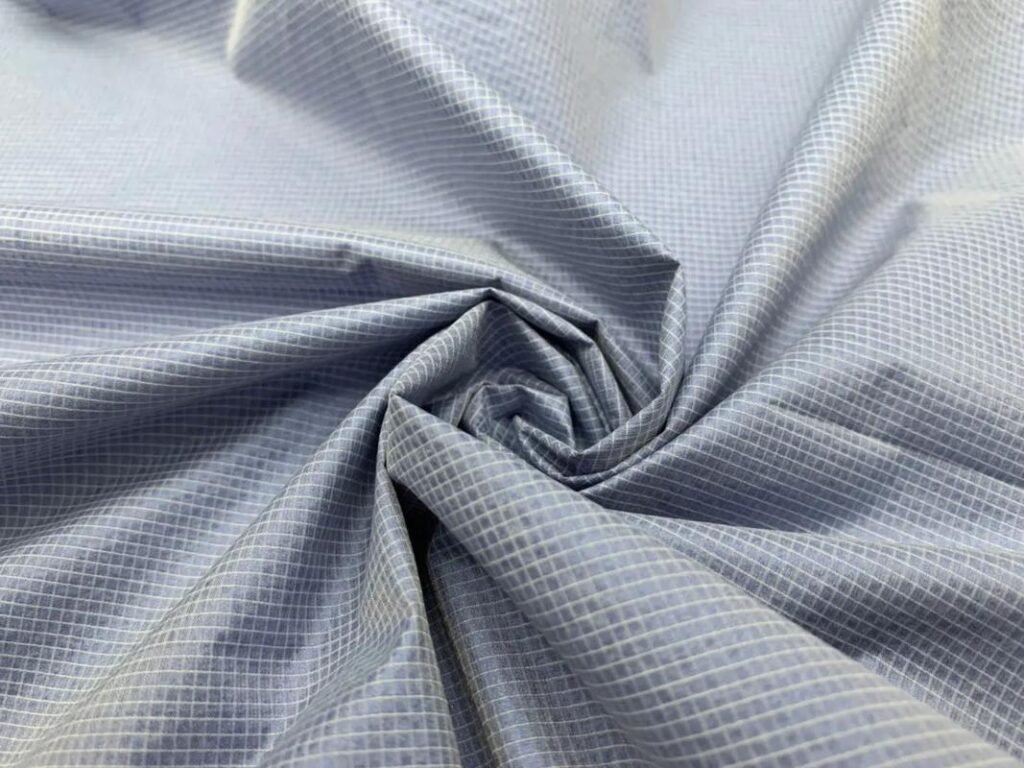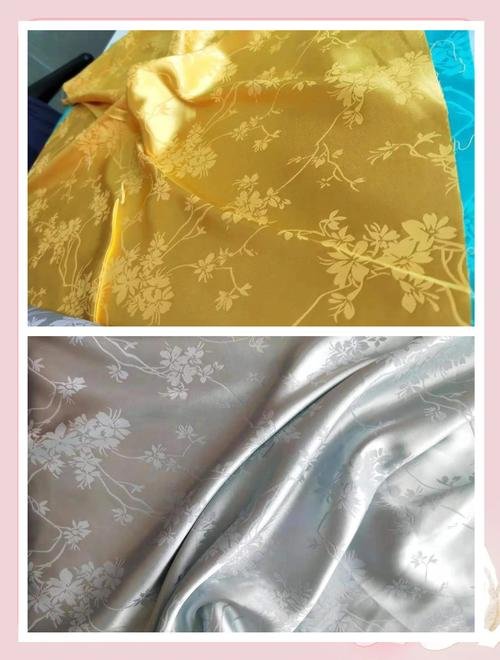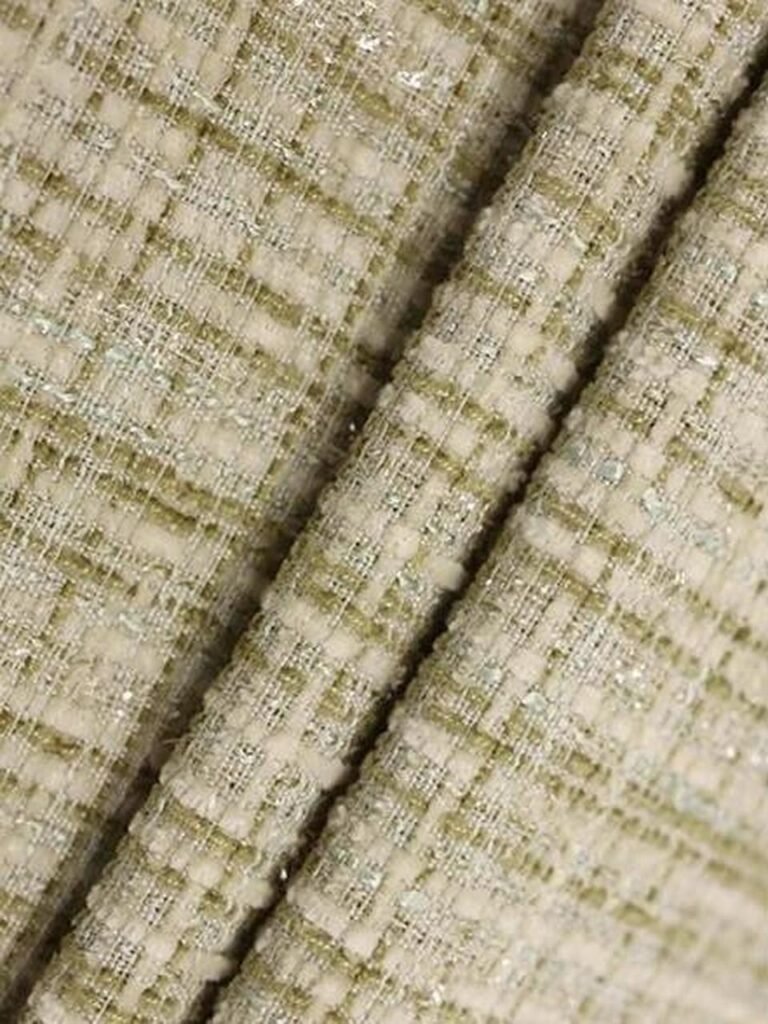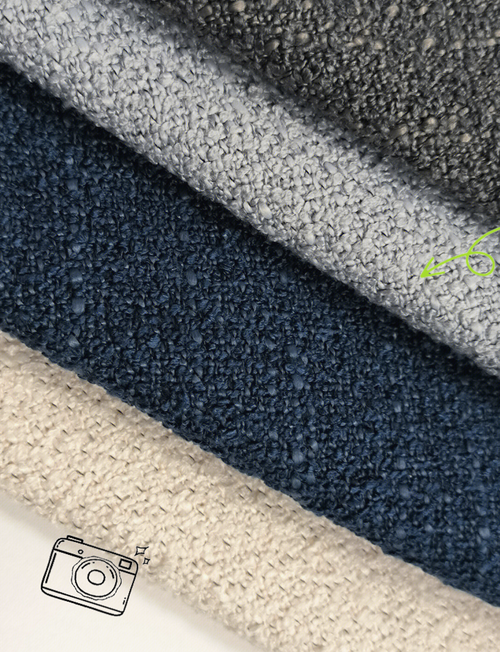Polyester has become one of the world’s most ubiquitous textiles, found in everything from everyday T-shirts to high-performance outdoor gear. Its versatility, affordability, and durability make it a go-to choice for apparel, home textiles, and industrial applications. But have you ever wondered what exactly polyester is, how it’s made, and why it behaves so differently from natural fibers like cotton or wool?
Polyester fabric is a synthetic textile derived from petroleum-based polymers—most commonly polyethylene terephthalate (PET)—and is characterized by its high tensile strength, wrinkle resistance, quick-drying nature, and excellent color retention.
Beyond these headline benefits, polyester’s story involves cutting-edge chemistry, innovative recycling pathways, and trade-offs in comfort and environmental impact that every designer, buyer, and consumer should understand before choosing their next fabric. Let’s dive into the science, the varieties, the real-world performance, and how your brand can tap into customizable polyester solutions from SzoneierFabrics.
What Is Polyester Fabric?

Polyester fabric is made from long-chain synthetic polymers primarily composed of repeating units of the ester functional group. The most common form, PET (polyethylene terephthalate), was first synthesized in the 1940s and quickly became prized for its resilience and ease of care. Unlike natural fibers, polyester resists microbial growth, dries rapidly, and maintains shape over countless wash cycles.
Polyester is a synthetic textile made by polymerizing ethylene glycol and terephthalic acid into PET, then spinning the molten polymer into fibers. Its built-in resilience yields high tensile strength, minimal shrinkage, and outstanding color fastness, making it ideal for durable, low-maintenance fabrics.
Polymer Chemistry & Fiber Formation
- Monomer Sources Ethylene glycol (from ethylene oxide) Terephthalic acid (from para-xylene oxidation)
- Polymerization Process Stage Description Esterification Ethylene glycol + terephthalic acid → oligomers + water Polycondensation Oligomers → long-chain PET + water Solid-state Polymer. Improves molecular weight via heat under vacuum
- Spinning & Drawing Melt Spinning: PET melted at \~280 °C, extruded through spinnerets Cold Stretch Drawing: Fibers stretched 3–4× to orient molecules
- Critical Perspective How do residual catalysts (e.g., antimony oxide) in PET affect food-contact safety? Could emerging bio-PES (plant-derived monomers) match virgin PET performance?
How Is Polyester Fabric Manufactured?
Transforming PET resin into finished fabric involves several stages: resin production, fiber extrusion, yarn formation, and fabric construction (weaving or knitting), followed by dyeing and finishing.
Summary Answer: Polyester manufacturing begins with PET resin polymerization, proceeds through melt-spinning and drawing into filaments, then conversion into staple or filament yarns, which are woven/knit into greige fabric and finally dyed and finished with performance treatments.
Manufacturing Workflow
- Resin Production
- Purity control: intrinsic viscosity, color index
- Fiber Formation
- Melt spinning parameters: temperature, throughput
- Draw ratio and prime-die for filament count
- Yarn Processing
- Texturizing (air-jet, false-twist) to add bulk/stretch
- Carding and combing for staple yarn quality
- Fabrication Construction Machineries Traits Weaving Rapier, air-jet Stable, less stretch Knitting Circular, warp High stretch, fast production
- Dyeing & Finishing
- Continuous dyeing (pad-batch, pad-steam)
- Special finishes: anti-pilling, wrinkle-resist, UV-block
- Critical Perspective In an industry facing water constraints, can continuous dyeing replace exhaust methods fully? What innovations in solvent-free spinning (e.g., lyocell-style) might emerge for polyester?
Which Types and Variations of Polyester Exist?

Polyester comes in many forms: PET, PBT (polybutylene terephthalate), microfibers, and specialty copolymers. Each variant tweaks molecular weight, crystallinity, or additives to deliver targeted performance.
PET offers excellent general-purpose properties; PBT improves elastic recovery for stretch garments; microfibers (denier <1) yield ultra-soft hand; copolyesters like PETG add clarity for technical fabrics.
Variant Breakdown
- PET vs. PBT Property PET PBT Elastic Recovery Low High Thermal Stability High Medium
- Microfiber vs. Standard Denier: < 1 dpf vs. 1.5–3 dpf Hand: silky, high surface area → better wicking
- Copolyesters & Specialty PETG (glycol-modified) for clarity PLA-PET blends for partial bio-content
What Are the Key Properties and Benefits of Polyester Fabric?
Polyester stands out for its strength, moisture management, shape retention, and colorfastness. It resists mildew, UV degradation (with stabilizers), and present-day consumers love its easy-care credentials.
Polyester offers high tensile strength (600–900 MPa), minimal moisture regain (0.4%), excellent abrasion resistance, and superb color retention—even under repeated laundering—making it ideal for activewear, outdoor gear, and durable home textiles.
Performance Metrics
- Mechanical Metric Polyester Tensile Strength 600–900 MPa Elongation at Break 15–30% Abrasion Cycles 20,000–30,000 (Martindale)
- Moisture & Thermal Moisture regain: 0.4% → quick-dry Thermal conductivity: moderate → wind chill risk
- Care & Retention Color fade: < 5% ΔE after 50 washes Dimensional change: < 3% shrinkage in home wash
How Does Polyester Compare to Natural Fibers Like Cotton and Wool?
When stacked against cotton and wool, polyester often outperforms in durability and care, but lags in breathability and moisture comfort.
Polyester excels in strength, quick-drying, and maintenance, while cotton and wool offer superior moisture comfort, thermoregulation, and tactile warmth; hybrid blends often seek to capture the best of both worlds.
Comparative Analysis
| Property | Polyester | Cotton | Wool |
|---|---|---|---|
| Strength (MPa) | 600–900 | 300–400 | 120–200 |
| Moisture Regain (%) | 0.4 | 8.5 | 16 |
| Abrasion Resistance | High | Medium | Low–Medium |
| Shrinkage | < 3% | 2–5% | 10–30% |
| Comfort Hand | Crisp/Smooth | Soft | Warm/Cozy |
- Critical Perspective Can plasma or bio-finishes on polyester bridge the comfort gap to natural fibers? With food-grade and medical uses growing, how are polyester’s hygienic benefits weighed against natural alternatives?
What Are Common Applications and Uses for Polyester Fabric?

Polyester’s versatility spans apparel (activewear, suiting linings), home textiles (upholstery, curtains), and industrial (seat belts, geotextiles).
Polyester dominates performance sportswear for moisture-wicking, home décor for UV stability, and industrial textiles for abrasion and chemical resistance—its adaptability making it a cornerstone of modern fabric engineering.
Dive Deeper: Sector Breakdown
- Apparel Activewear: 50/50 cotton-poly blends Outerwear: high-loft polyester fleece
- Home & Décor Item Key Trait Typical Polyester Type Upholstery Abrasion, stain Heavy-dyeable PET Curtains UV stability Rot‐resistant PET
- Industrial Filtration: fine PET nonwoven Automotive: seatbelts, airbags via nylon cross-weave
- Critical Perspective Are there unloved “sleeping giants” in polyester nonwoven that could revolutionize building insulation? With automotive electrification, will polyester composites find new roles in lightweighting?
How Should You Care for and Maintain Polyester Fabrics?
Polyester’s resilience and easy-care reputation make it a wardrobe hero—but following the right routine ensures your garments stay vibrant and shapely. Machine wash polyester in warm water (around 40 °C) on a regular cycle with a mild liquid detergent, tumble dry on low or line-dry quickly to prevent wrinkles, and iron on a low setting (110 °C max) only if necessary. Avoid chlorine bleach and high heat, which can damage fibers, and use oxygen-based stain removers for spot treatment to preserve strength and color.
Best Practices & Considerations
Washing Parameters
- Temperature: 30–40 °C to balance cleaning efficacy and fiber protection
- Cycle: Normal or synthetic cycle—over-agitation can lead to pilling
- Detergent: pH-neutral, liquid formulas minimize residue
Drying Techniques
- Tumble Dry: Low heat (< 60 °C) with moisture sensor if available
- Air Dry: Shake garment to reduce wrinkling, then hang in shade to protect color
Ironing and Steaming
- Iron Settings: Low temperature (synthetic/nylon setting), use a pressing cloth
- Steaming: Preferred for delicate finishes—avoids direct heat
Stain Removal & Pre-treatment
| Type of Stain | Pre-treatment Method |
|---|---|
| Oil-based (grease) | Liquid dish soap, gently rub, rinse |
| Protein (sweat) | Cold water soak + enzyme cleaner |
| Dye (wine/coffee) | Oxygen bleach solution (30 min soak) |
Finish Preservation
- Anti-wrinkle Coatings: Reapply via home-use spray finishes to renew hand
- Moisture-wick Treatments: High-heat ironing can degrade DWR or wicking finishes
What Sustainability and Recycling Options Are Available for Polyester?

Polyester’s petroleum origin raises environmental concerns—but recycled polyester (rPET) from PET bottles and fiber-to-fiber chemical recycling are scaling up.
rPET offers a closed-loop path from beverage bottles to apparel, reducing carbon footprint by \~45%; emerging chemical depolymerization can reclaim virgin-quality monomers, though costs remain higher than mechanical recycling.
Recycling Pathways & Impact
- Mechanical Recycling (rPET) Metric Virgin PET rPET CO₂ Footprint 5.5 kg/kg 3.0 kg/kg Energy Use 80 MJ/kg 40 MJ/kg
- Chemical Recycling Depolymerization to monomers: closes loop but capital-intensive Pilot projects: loop industries, Eastman’s PCD (polymer depoly cond.)
- Microplastic Mitigation Polyester sheds \~350 mg microfibers per 6 kg wash vs. nylon’s 250 mg Solutions: washing bag filters, wastewater treatment
- Critical Perspective Will economic incentives finally tilt major brands toward 100% rPET by 2030? How can policy drive investment in chemical recycling to make it cost-competitive?
Ready to Customize Polyester Fabric with SzoneierFabrics?
From performance sportswear to elegant home textiles, polyester’s story is one of innovation, adaptability, and continuous improvement. At SzoneierFabrics, we leverage years of R\&D expertise, low-MOQ customization, free design & sampling, and rapid lead times to deliver polyester solutions tailored to your exact specs—fiber type, denier, weave, and finish.
Contact us today to request your custom sample pack and start engineering the perfect polyester fabric for your next collection or product line. Let’s bring your vision to life—reach out now!

